Follow the Smart Money to Amex
Beaten-down shares of American Express have piqued the interest of some successful contrarians.

Some bright investors with outstanding long-term records have been buying shares of American Express. Jean-Marie Eveillard, the well-regarded manager of the First Eagle Global and Overseas funds, picked up the stock in the first quarter of 2008 when it traded between $40 and $45.
Other recent buyers include Chris Davis and Ken Feinberg, of Davis New York Venture and Selected American Shares (a member of the Kiplinger 25), and Will Danoff, manager of Fidelity Contrafund. Regulatory filings indicate that Warren Buffett hasn't reached for his pocketbook lately (Berkshire Hathaway, which he heads, already owns 13% of Amex's outstanding shares). But then again, the stock (symbol AXP) has breached new lows since Berkshire last declared its stock holdings.
The question is, who's right: all those smart people who have been snapping up Amex's shares, or the bears who have driven down the stock from its 52-week high of $66 to its July 9 closing price of $39?
From just $107.88 $24.99 for Kiplinger Personal Finance
Become a smarter, better informed investor. Subscribe from just $107.88 $24.99, plus get up to 4 Special Issues

Sign up for Kiplinger’s Free Newsletters
Profit and prosper with the best of expert advice on investing, taxes, retirement, personal finance and more - straight to your e-mail.
Profit and prosper with the best of expert advice - straight to your e-mail.
The bears say Amex is at the mercy of over-extended consumers, who may not be able to repay their debts. Unlike Visa and MasterCard, which facilitate transactions but don't actually lend money, American Express is itself a lending institution and assumes cardholder balances on its balance sheet.
The bears say that as the credit crunch plays out, American Express, unlike Visa and MasterCard, will feel the pinch as more consumers default on their obligations. That's why Visa (V), at $76 per share, trades for 37 times estimated earnings for the fiscal year that ends in September, and MasterCard (MA), at $251, trades at 26 times estimated 2008 earnings. Meanwhile, Amex sells for a mere 12 times estimated 2008 profits of $3.33 per share.
The bulls' counterargument is that Amex courts a more creditworthy consumer. Across the industry as a whole, 30% of cardholders have credit scores below 660, which is typically considered the subprime cutoff, says Keefe, Bruyette & Woods analyst Sanjay Sakhrani. By contrast, only 16% of Amex's cardholders count as subprime borrowers.
The other difference is that American Express doesn't rely on clients' maintaining balances as much as other card issuers do. Only about one fourth of the revenue from its U.S. credit-card and charge-card segment comes from interest on revolving balances. The rest is from annual fees that cardholders pay and the per-transaction fees that merchants pay. (The U.S. card business accounted for about 55% of Amex's 2007 revenues of $28 billion. About 25% of revenues come from outside card issuers, such as banks and retailers, that pay Amex a fee to tap into its established network.)
So American Express's consumer-credit-card business depends more on volume than on revolving balances. Instead of luring balance-carrying customers with cards that boast 0% teaser rates, American Express encourages cardholders to spend a lot of money but pay off their balances in full each month. "American Express wants premium customers who are spending actively," says Larry Coats, manager of Oak Value. "It makes a small fee on a high volume of transactions." Sakhrani says that spending per card is four times higher for American Express cards than for Visa or MasterCard cards.
The volume-based business is also more profitable than the business of extending loans to now-shaky consumers. "It drives very high returns on capital, because the company doesn't have all its capital tied up in financing long-term credit balances," Coats says.
Still, American Express is hardly immune to declines in consumer spending. The company is already feeling the pinch -- first-quarter profits, at $0.85 per share, were down 2% from the first quarter of 2007.
No one knows how much consumers will cut back on spending. But in a worst-case scenario, American Express at least has a bullet-proof balance sheet. At the end of the first quarter, Amex was sitting on $34 billion of cash. The company has historically used its excess cash to make strategic acquisitions, steadily repurchase shares and increase its modest dividend. American Express shares yield 1.8%.
The gurus could very well be early on this call. But if you can stomach the risk that traders will dump Amex shares indiscriminately every time rumors circulate about which company is the next Bear Stearns, then this looks like a chance to pick up a reliable company at a favorable price. Sakhrani, who is reservedly bearish on the stock for the near term and rates it "market perform," has a price target on Amex shares of $49.
Profit and prosper with the best of Kiplinger's advice on investing, taxes, retirement, personal finance and much more. Delivered daily. Enter your email in the box and click Sign Me Up.

-
 How We Manage Our Finances Together: 'When You Keep Score, You Can End Up Resentful'
How We Manage Our Finances Together: 'When You Keep Score, You Can End Up Resentful'Douglas Boneparth, a certified financial planner, and his wife, Heather Boneparth, speak with Kiplinger about couples managing finances.
-
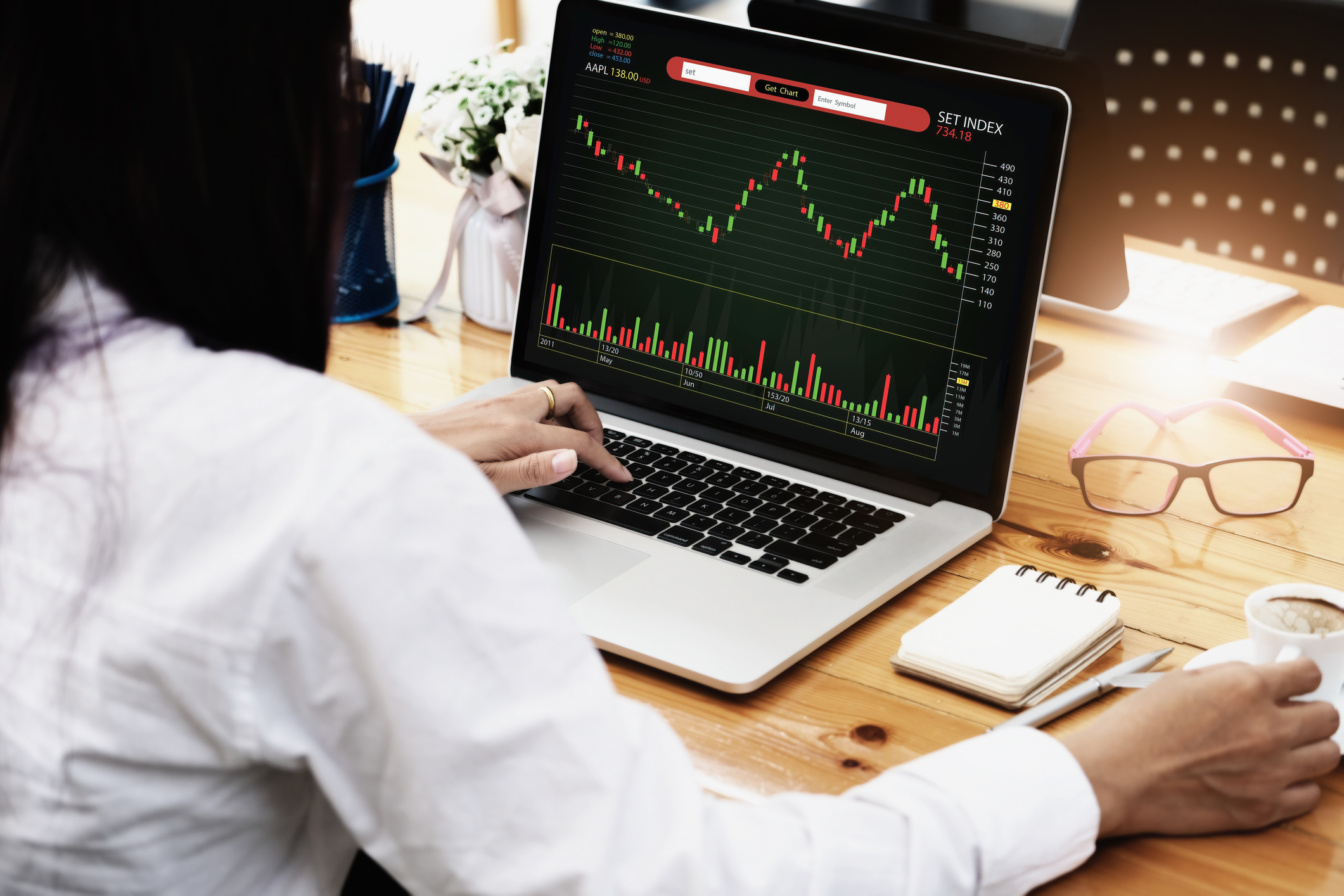 I'm 45 and I've barely invested in the stock market. I recently inherited $50,000. What should I do?
I'm 45 and I've barely invested in the stock market. I recently inherited $50,000. What should I do?What should you do with a big inheritance? We asked a financial expert for advice.
-
 A Contrarian Approach Pays Off for This Bond Fund
A Contrarian Approach Pays Off for This Bond FundThe Dodge & Cox Income Fund has outperformed in 2025 thanks to its managers' fearless approach.
-
 If You'd Put $1,000 Into 3M Stock 20 Years Ago, Here's What You'd Have Today
If You'd Put $1,000 Into 3M Stock 20 Years Ago, Here's What You'd Have TodayMMM stock has been a pit of despair for truly long-term shareholders.
-
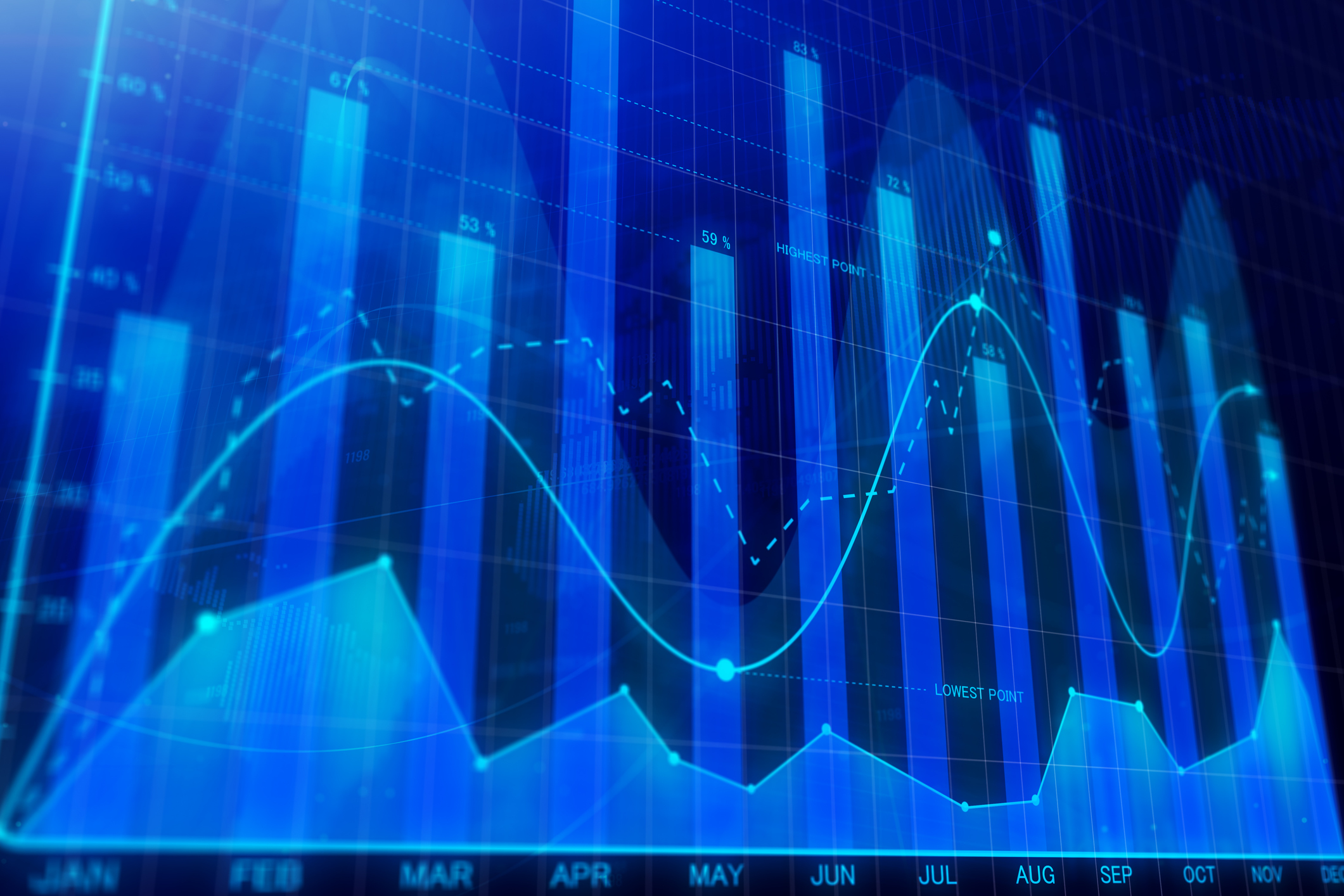 Dow Rises 497 Points on December Rate Cut: Stock Market Today
Dow Rises 497 Points on December Rate Cut: Stock Market TodayThe basic questions for market participants and policymakers remain the same after a widely expected Fed rate cut.
-
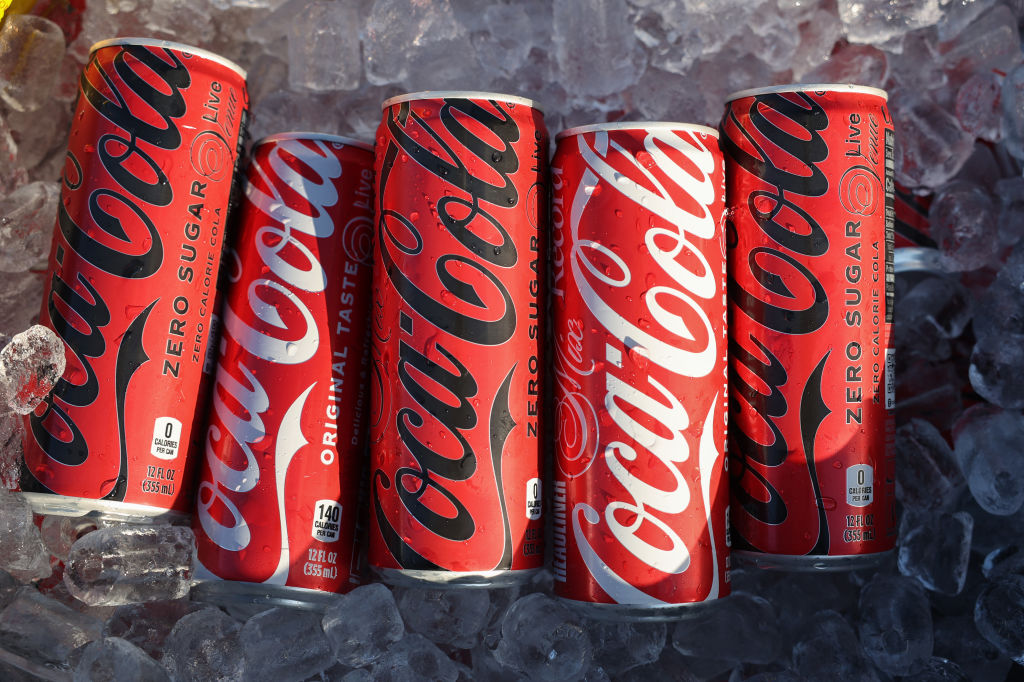 If You'd Put $1,000 Into Coca-Cola Stock 20 Years Ago, Here's What You'd Have Today
If You'd Put $1,000 Into Coca-Cola Stock 20 Years Ago, Here's What You'd Have TodayEven with its reliable dividend growth and generous stock buybacks, Coca-Cola has underperformed the broad market in the long term.
-
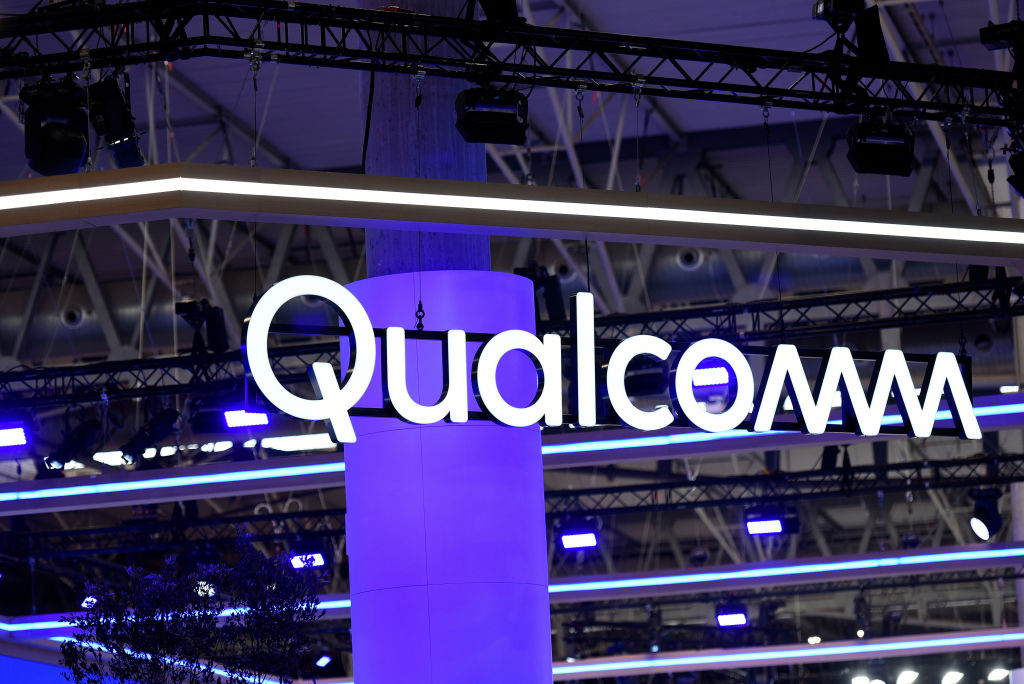 If You Put $1,000 into Qualcomm Stock 20 Years Ago, Here's What You Would Have Today
If You Put $1,000 into Qualcomm Stock 20 Years Ago, Here's What You Would Have TodayQualcomm stock has been a big disappointment for truly long-term investors.
-
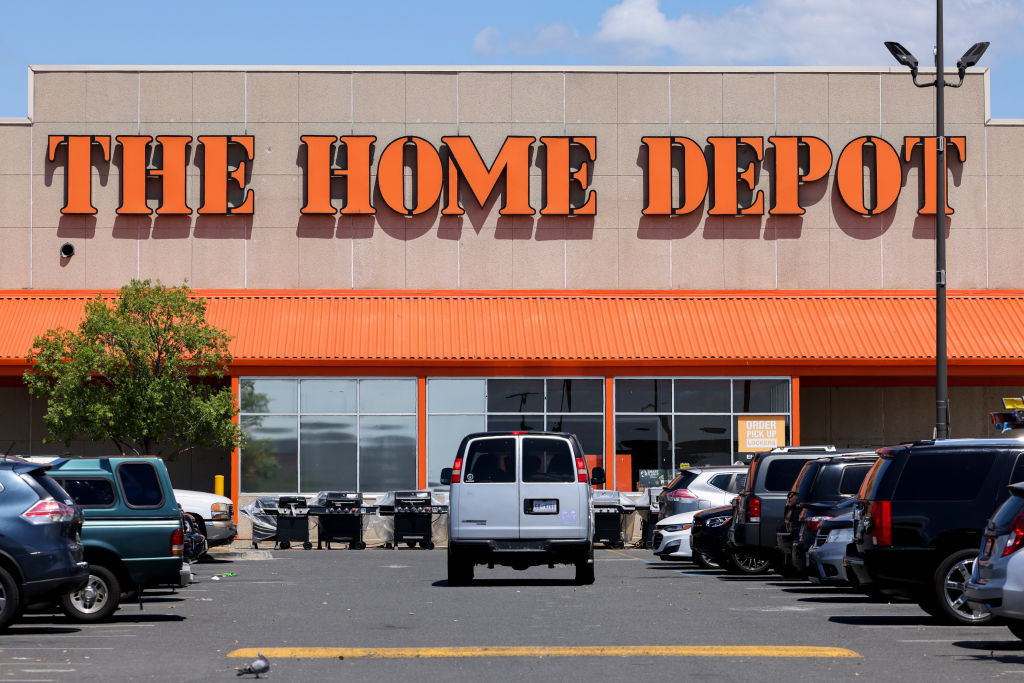 If You'd Put $1,000 Into Home Depot Stock 20 Years Ago, Here's What You'd Have Today
If You'd Put $1,000 Into Home Depot Stock 20 Years Ago, Here's What You'd Have TodayHome Depot stock has been a buy-and-hold banger for truly long-term investors.
-
 What the Rich Know About Investing That You Don't
What the Rich Know About Investing That You Don'tPeople like Warren Buffett become people like Warren Buffett by following basic rules and being disciplined. Here's how to accumulate real wealth.
-
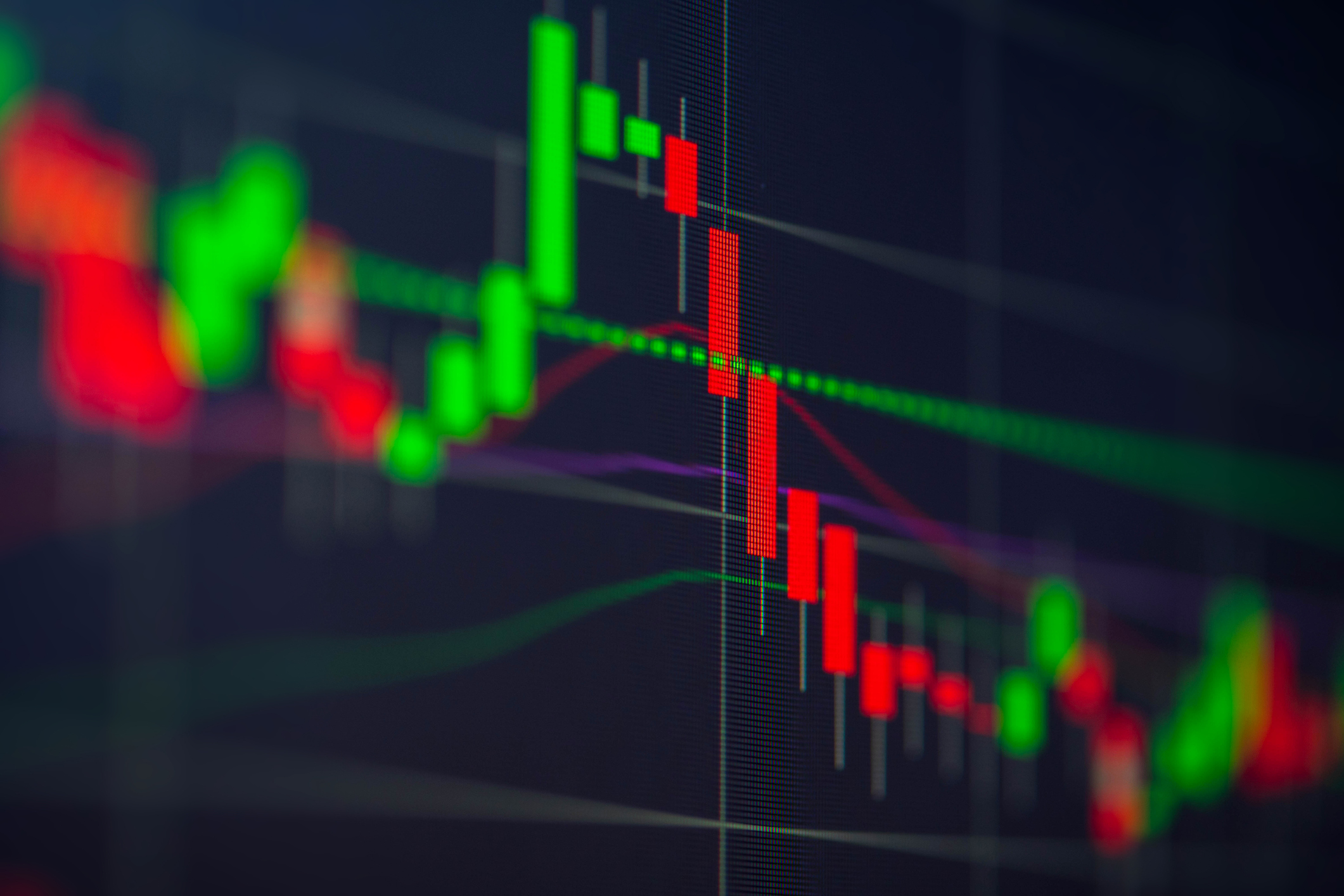 Stocks Rise to End a Volatile Week: Stock Market Today
Stocks Rise to End a Volatile Week: Stock Market TodayThe market's fear index reached and retreated from a six-month intraday peak on Friday as stocks closed the week well.
-
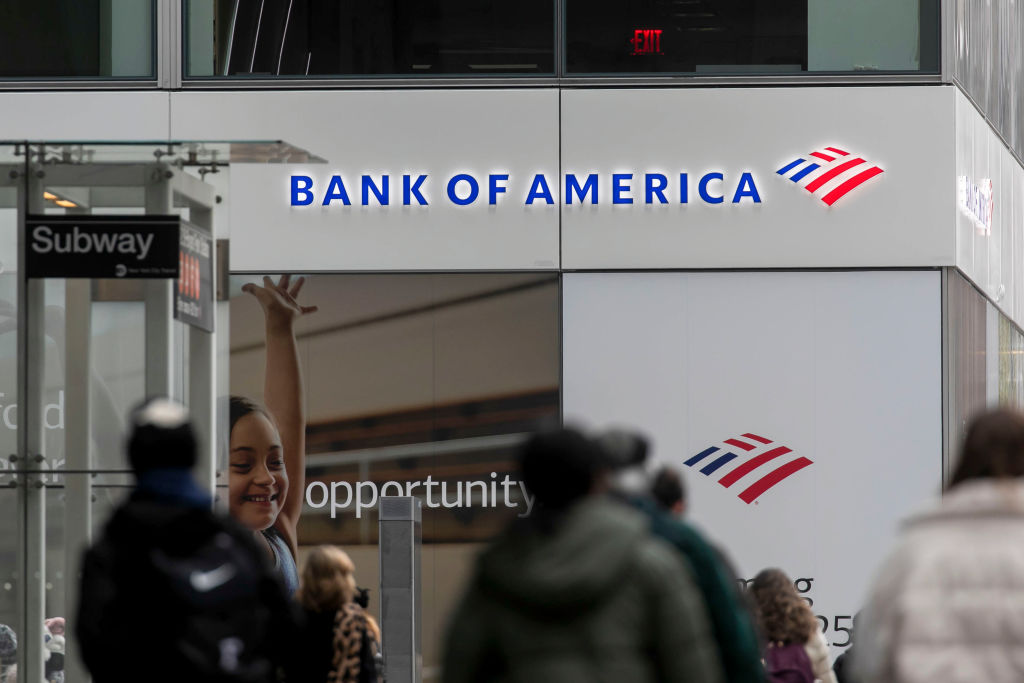 If You'd Put $1,000 Into Bank of America Stock 20 Years Ago, Here's What You'd Have Today
If You'd Put $1,000 Into Bank of America Stock 20 Years Ago, Here's What You'd Have TodayBank of America stock has been a massive buy-and-hold bust.